 myCSUSM
myCSUSMCreating Accessible Word Documents
Microsoft Word is a commonly used program to create text-based documents and is often used by students with disabilities because they are compatible with assistive technology.
Use Headings
Using headings (also known as headers) in a Word Document helps all users navigate the document easier and is a more efficient way of designing a document.
Headings levels are created by using the Headings feature in Word in the Styles section of the Home tab.
- How to pick the right Heading level
Headers should be used in order based on the content that is trying to be communicated. It is very important that header-use remain consistent across documents and headers should not be skipped!
- Heading 1 - All documents must have a heading 1 and is the document's title. Think of it like a book's title.
- Heading 2 - This is a large category relating to Heading 1. Think of it like a chapter in a book.
- Heading 3 - This is a sub-category of Heading 2. Think of it like a section within a chapter.
- Heading 4 - This is a sub-sub-category. Think of it like a sub-section within a chapter's section.
- Heading 3 - This is a sub-category of Heading 2. Think of it like a section within a chapter.
- Heading 2 - This is a large category relating to Heading 1. Think of it like a chapter in a book.
And so on!
Having a Word Document structured with headings could also make a document easier to follow along.
Heading levels can make a document that looks like this:
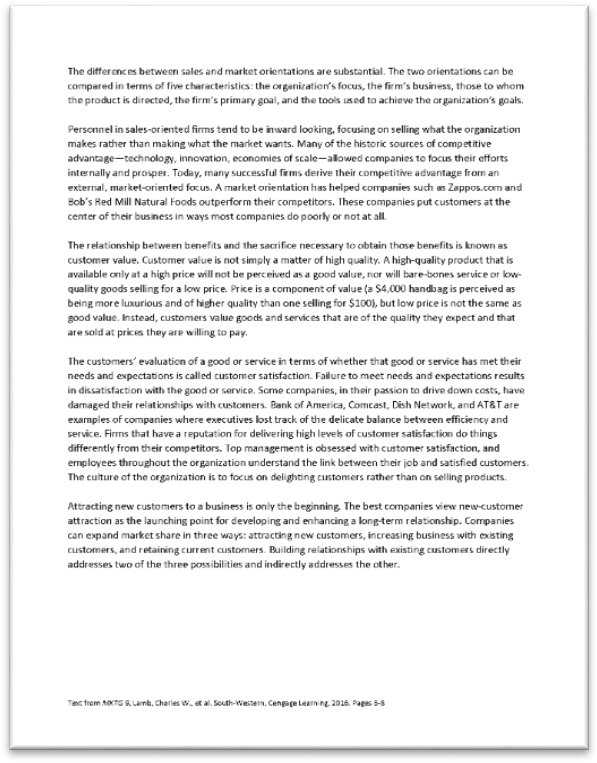
Into one that is easier to read like this:

- Heading 1 - All documents must have a heading 1 and is the document's title. Think of it like a book's title.
- How to add Headings to a document (with clip)
- Add a heading text to a document.
- Choose desired text format (boldness, color, font size, etc.)
- Highlight the phrase.
- Right click on desired heading level.
- Select Update to Match Selection.
- Select the appropriate heading level to create a heading.
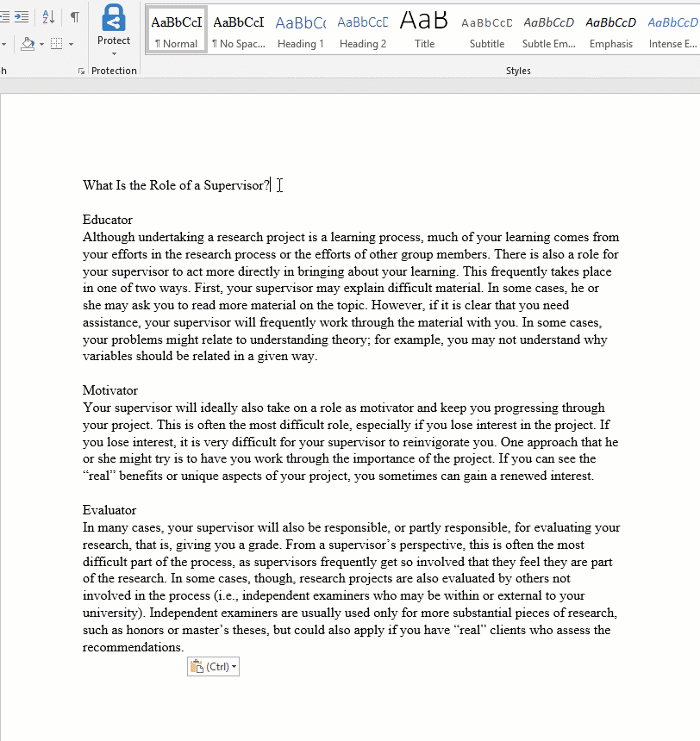
Create Accessible Hyperlinks
Adding links in a document is a great way to provide sources of additional information however, using an entire URL link is not an accessible method.
Instead, create a descriptive phrase of where the link directs to (this should not be “click here”) and link the descriptive phrase to the resources.
- How to create a hyperlink in Word (with clip)
- Type out a phrase to be selectable. This should be a phrase that is stand alone and is not a generic phrase like "Click Here".
- Highlight link phrase.
- Right click phrase. A popup dialog box will appear
- Paste the URL in the “Address” box.
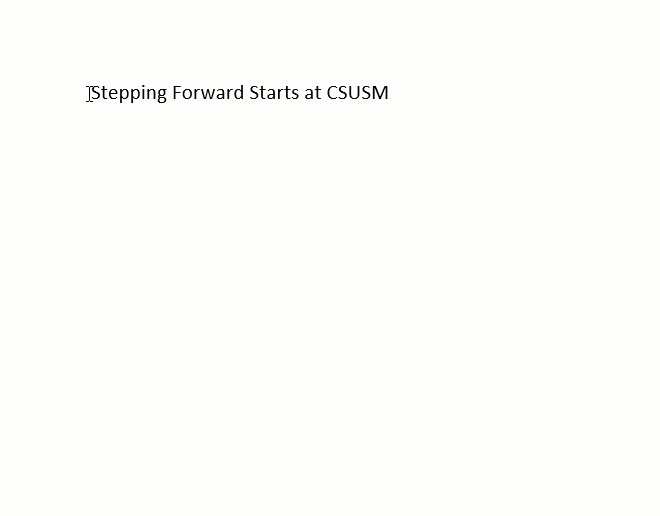
Use Alternative Text Descriptions
Alternative text, or “alt text” describes the content of images, graphs, and charts for assistive technology or for cases where the image does not load. The descriptions should be concise but meaningful and describe the image to someone who cannot see it.
- How to add alt text to an image in Word (with clip)
Add an image - Right click on the image.
- Select Edit Alt Text then and type the description in the box provided.
Do not type in the word "image" or "image of ..." as the user already knows the image is an image. - If the image is for decorative purposes only - simply check the Mark as Decorative box.
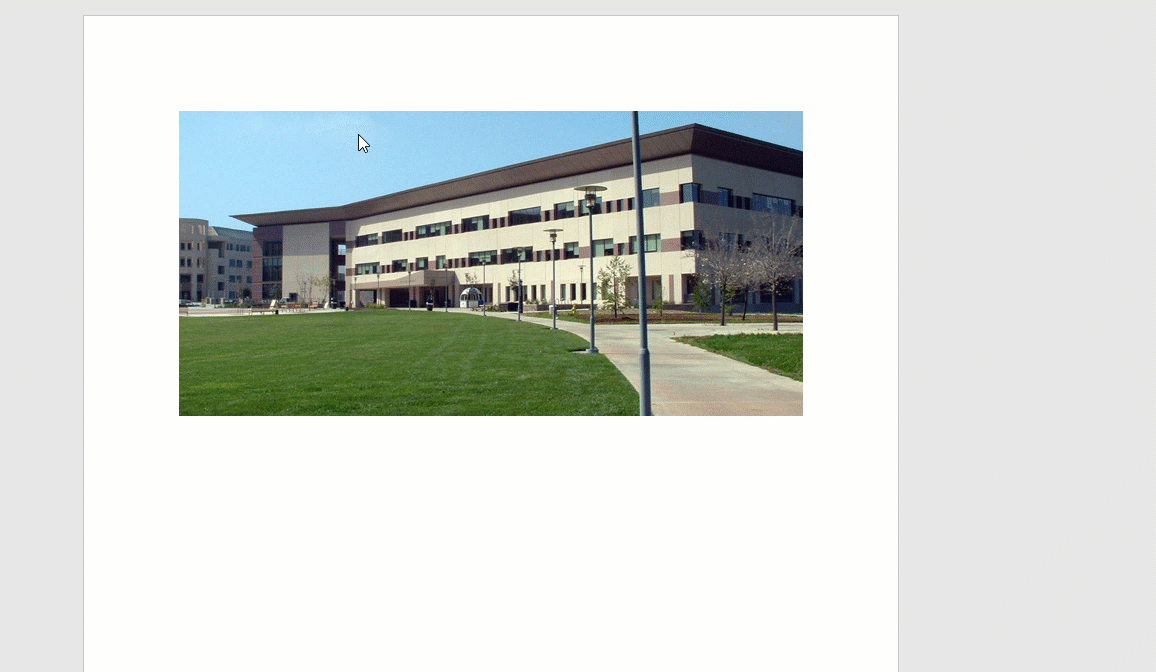
Make Accessible Tables
Tables are very useful to organize data in a document and are commonly used in syllabi for schedules and grading methods. Not taking the proper steps to making a table accessible however, will make it very hard for non-visual users to understand the data.
- When should I add a table?
Tables should only be used when absolutely necessary in organizing data and should avoid being used for decorative purposes, such as for laying content out on a page.
- How to add table headings (with clip)
- Create a table.
- Highlight the top row of the table.
- Right click top row and select Table Properties.
- Click Row Tab and check “Repeat as header row at the top of each page”.
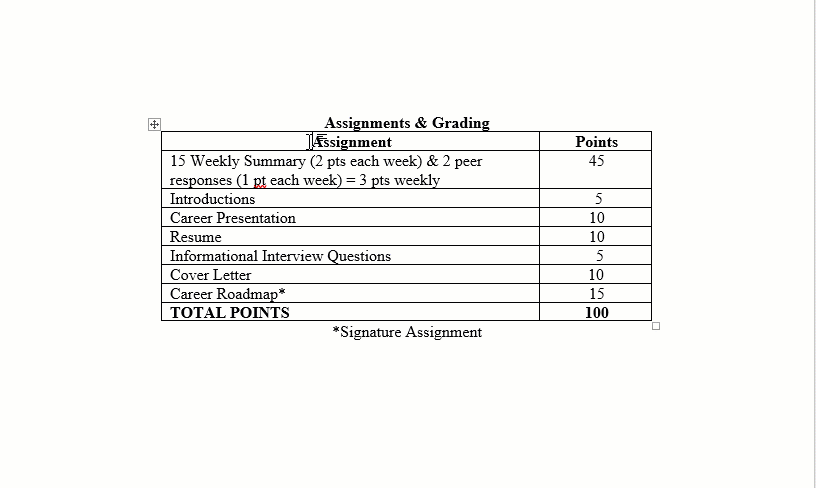
Use Word’s Accessibility Checker
Microsoft products have a built-in accessibility checker which can help the document creator test the overall accessibility of the document. The checker provides Inspection Results, feedback about the importance of each item, and tips on how to repair issues.
- How to open Word's Accessibility Checker (with Clip)
Opening the Accessibilty Checker Steps - Select File from the top tab.
- In the sidebar select Info.
- In the content area, select Check for Issues.
- In the fly-out menu select Check Accessibility.
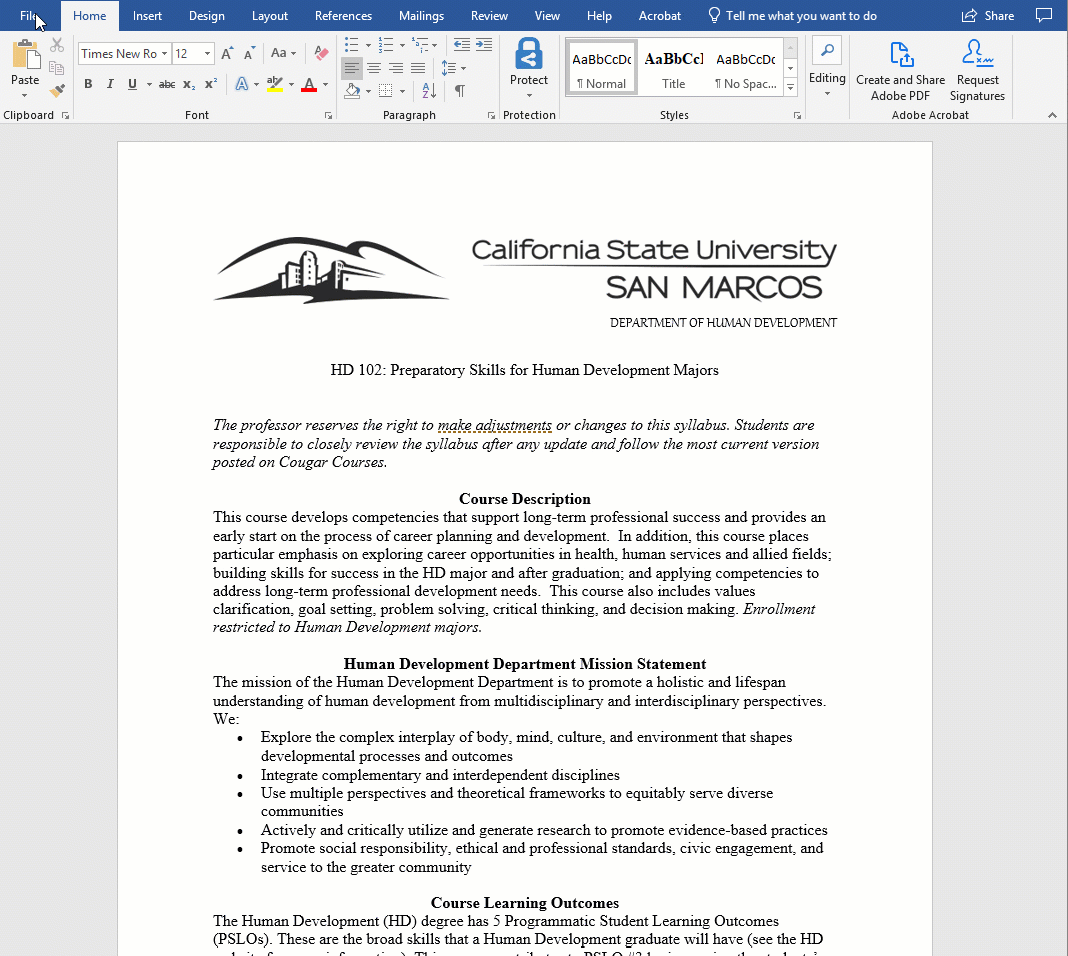
If you are having trouble creating an accessible document, please email mnuno@csusm.edu for help.






